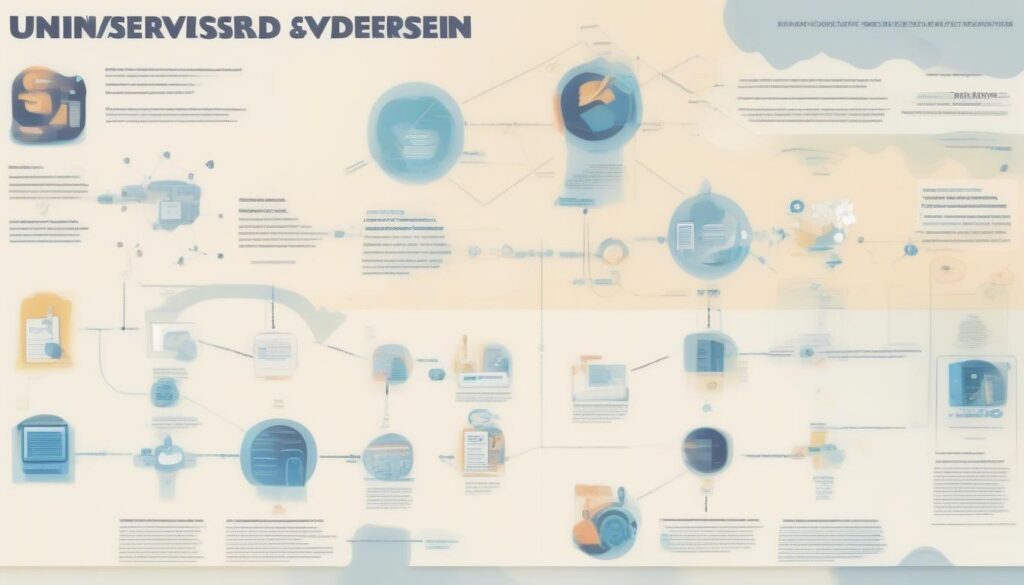In the realm of machine learning, understanding the methodologies behind data processing is crucial for effective model development. Among the primary methodologies, supervised and unsupervised learning stand out as foundational approaches, each with unique characteristics and applications. This article aims to dissect the nuances of these two paradigms, drawing insights on their differences, strengths, and use cases to help you decide which might align best with your data needs.
Unpacking Supervised Learning
Supervised learning is directed by labeled data, meaning that each piece of training data comes with the correct output or label. The core idea is that a model learns from these examples, making predictions about new, unseen data based on the patterns it identified during training. This framework allows for the creation of two primary types of outputs:
-
Classification: Here, the model categorizes inputs into discrete labels. For instance, email filtering (spam vs. not spam) is a common application, employing algorithms such as decision trees and support vector machines to classify different types of data based on learned patterns.
-
Regression: In this context, the model predicts a continuous outcome. Examples include estimating prices or probabilities, with techniques like linear regression playing a pivotal role in these analyses.
Supervised learning is generally regarded as more accurate than its unsupervised counterpart due to its reliance on labeled data. This leads to models that can execute complex tasks such as forecasting traffic times or predicting user behavior, provided they have been adequately trained on relevant datasets.
Exploring Unsupervised Learning
Conversely, unsupervised learning does not rely on labeled outputs. The model is tasked with exploring the data, identifying patterns, and clustering similar inputs without pre-defined categories. This approach can be employed for several key tasks:
-
Clustering: This technique groups similar data points; a practical application being customer segmentation where businesses categorize customers based on shared characteristics like age or spending habits.
-
Association: Here, the algorithm seeks to discover relationships among variables, such as in market basket analysis, which identifies products frequently purchased together (e.g., "Customers who bought X also bought Y").
-
Dimensionality Reduction: This function simplifies data by reducing the number of input variables, thereby retaining essential information while eliminating noise. Autoencoders, often used in image processing, exemplify this approach.
While unsupervised learning is characterized by its ability to operate autonomously, it typically lacks the predictive capability prevalent in supervised learning. Instead, its strength lies in uncovering hidden patterns within vast datasets, making it an invaluable tool for exploratory data analysis.
Comparing Supervised and Unsupervised Learning
The crux of the difference between these two methodologies revolves around the necessity for labeled data. Supervised learning requires substantial upfront intervention to accurately label training datasets, enhancing the model’s ability to generalize and make precise predictions. In contrast, unsupervised learning can adapt to unlabeled, real-world data and can operate effectively on large datasets in real time, even if the insights it generates may lack the predictability offered by supervised approaches.
Choosing between these two methods largely depends on the context of the task at hand. For high accuracy and well-defined outcomes, supervised learning is often preferred. However, for scenarios where identifying patterns in large volumes of unlabeled data is crucial, unsupervised learning shines through.
The Hybrid Approach: Semi-Supervised Learning
Recognizing that each methodology bears its advantages and limitations, semi-supervised learning emerges as a promising middle ground. This approach combines both labeled and unlabeled data in the training process. Particularly effective when only a portion of the data is labeled, semi-supervised learning can enhance model accuracy significantly with minimal labeled input. This is particularly beneficial in fields like healthcare, where comprehensive datasets may exist, but only a few samples can be feasibly annotated.
Imagine a situation in medical imaging where only a small subset of scans is available for labeling. Deploying a semi-supervised model would enable better performance in predicting which patients need urgent care based on the limited labeled data supplemented by numerous unlabeled scans.
Conclusion
The decision between supervised and unsupervised learning is not merely binary but rather a reflection of the specific data challenges one faces. Understanding the dynamics of each method equips researchers, data analysts, and businesses to leverage machine learning more effectively. Whether the task requires the precision of supervised learning or the exploratory depth of unsupervised learning, aligning the approach with the nature of the data and desired outcomes is critical to maximizing the insights gained from machine learning models.


